
The Original Dixieland Jass Band (ODJB) was a Dixieland jazz band that made the first jazz recordings in early 1917. Their "Livery Stable Blues" became the first jazz record ever issued. The group composed and recorded many jazz standards, the most famous being "Tiger Rag". In late 1917, the spelling of the band's name was changed to Original Dixieland Jazz Band.

A jazz band is a musical ensemble that plays jazz music. Jazz bands vary in the quantity of its members and the style of jazz that they play but it is common to find a jazz band made up of a rhythm section and a horn section.

Ernest Loring "Red" Nichols was an American jazz cornetist, composer, and jazz bandleader.
The Dixieland Jug Blowers were a popular American musical group of the 1920s. The group was a jug band, incorporating the usual jug, banjo, guitar and fiddle, but it was also considered as a jazz band due to its use of alto saxophone, trombone, piano, and clarinet. With this wide variety of instruments, the Dixieland Jug Blowers became the most sophisticated of its time, and influenced other jug bands of the time such as the Memphis Jug Band.
The Oregon Jazz Band is a dixieland jazz band based in Coos Bay, Oregon. They are America's longest established dixieland jazz band, founded by Dr. Bill Borcher in Coos Bay in 1947.
Joseph Hilton "Nappy" Lamare was an American jazz banjoist, guitarist, and vocalist.
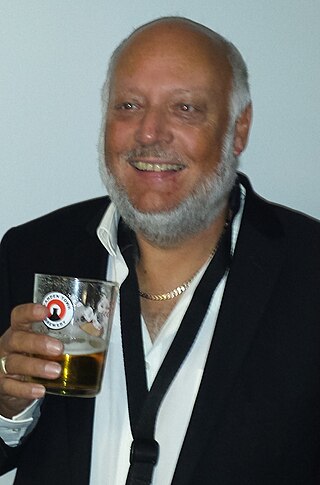
Pete Allen is an English Dixieland jazz clarinettist, alto and soprano saxophonist, banjo, bandleader, and vocalist. He has appeared in television and radio shows, both with his band and as a solo act. He has worked with Peanuts Hucko, Bud Freeman, Bob Wilber, Marty Grosz, Billy Butterfield, Barrett Deems, Jack Lesberg, and Kenny Ball.

A Night with Eddie Condon is a 2001 album by clarinetist Kenny Davern originally recorded live in 1971, joined of course by guitarist Eddie Condon. Performing swing and dixieland tunes that night, they are joined by Lou McGarity on trombone, among others.
NormanKellogg Mason was a Bahamian-born American jazz clarinetist, multi-instrumentalist, and bandleader.
Richard MacQueen Wellstood was an American jazz pianist.
Dixieland jazz, also referred to as traditional jazz, hot jazz, or simply Dixieland, is a style of jazz based on the music that developed in New Orleans at the start of the 20th century. The 1917 recordings by the Original Dixieland Jass Band, fostered awareness of this new style of music.
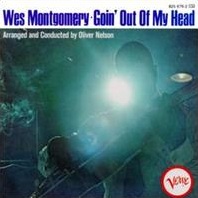
Goin' Out of My Head is an album by American jazz guitarist Wes Montgomery that was released in 1966. It reached No. 7 on the Billboard magazine R&B chart. At the 9th Grammy Awards Goin' Out of My Head won the Grammy Award for Best Jazz Instrumental Album, Individual or Group.
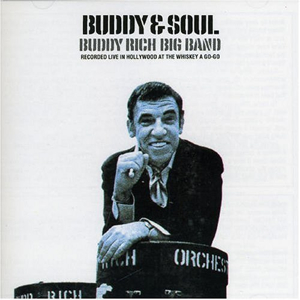
Buddy & Soul is a 1969 live album by the Buddy Rich Big Band, recorded at the Whisky a Go Go club in West Hollywood, California.
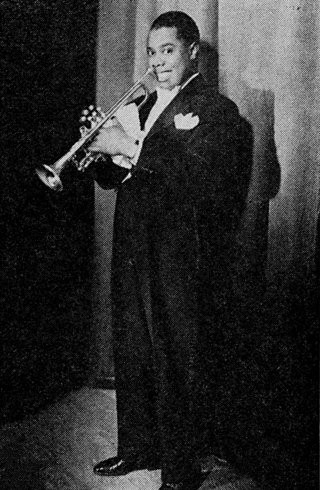
The Louis Armstrong Hot Five and Hot Seven Sessions were recorded between 1925 and 1928 by Louis Armstrong with his Hot Five and Hot Seven groups. According to the National Recording Registry, "Louis Armstrong was jazz's first great soloist and is among American music's most important and influential figures. These sessions, his solos in particular, set a standard musicians still strive to equal in their beauty and innovation." These recordings were added to the National Recording Registry in 2002, the first year of the institution's existence.

The following outline is provided as an overview of and topical guide to jazz:

The Smithsonian Collection of Classic Jazz is a six-LP box set released in 1973 by the Smithsonian Institution. Compiled by jazz critic, scholar, and historian Martin Williams, the album included tracks from over a dozen record labels spanning several decades and genres of American jazz, from ragtime and big band to post-bop and free jazz.
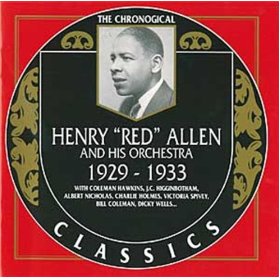
1929–1933 is a 1990 compilation album collecting material recorded by Henry "Red" Allen and his orchestra during the years 1929 to 1933. The first of five CDs released by Chronological Classics, the album is rated part of the "core collection" by the Penguin Guide to Jazz. Allen and Coleman Hawkins shared leadership of the band.

Bernardus Johannes Berkhout is a family doctor, best known as a jazz clarinetist.
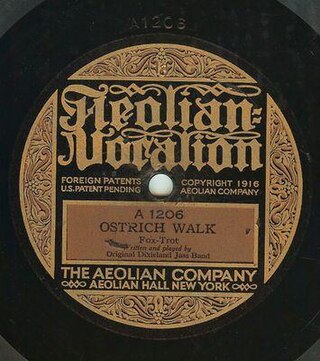
Ostrich Walk" is a 1917 jazz composition by the Original Dixieland Jass Band released as an instrumental as an Aeolian Vocalion and a Victor 78. Frankie Trumbauer and Bix Beiderbecke recorded the song in 1927. The song is a jazz milestone as one of the first commercially released "jass" or jazz recordings.

Gunhild Carling is a Swedish jazz musician and multi-instrumentalist. She is well known for playing the trombone.














